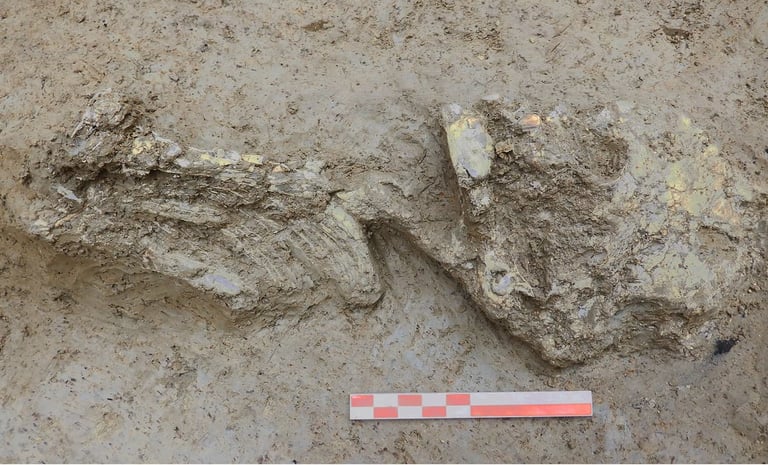Ancient Italian Infant's Mitochondrial DNA Reveals Surprising Northern European Ancestry
July 6, 2025
In a groundbreaking discovery, researchers reconstructed the mitochondrial genome of a Copper Age infant found in Italy, revealing an uncommon haplogroup (V+@72) linked to Saami groups in northern Europe and populations along the Iberian coast, suggesting distant maternal origins.
The findings shed new light on Copper Age populations, maternal lineages, and prehistoric cultural connections, transforming a forgotten skeleton into a crucial window into ancient human history.
Analysis of two teeth indicated the child was about 17 months old at death and was likely a boy, with no signs of malnutrition or stress, pointing to a relatively healthy early life.
This research highlights how even highly degraded remains can provide significant insights into ancient human migration, life, and cultural interactions, emphasizing the importance of multidisciplinary approaches.
Genomic and proteomic analyses confirmed the child's sex as male and identified the rare mitochondrial haplogroup V+@72, previously associated with Sardinia and linked to northern European Saami and Cantabrian populations.
This research employed advanced scientific techniques such as dental histology, radiocarbon dating, biogeochemistry, paleoproteomics, and ancient DNA analysis to extract valuable information from the highly degraded remains.
Published in the Journal of Archaeological Science, this collaborative study involved nine institutions, including the Max Planck Institute and Columbia University.
The remains of a Copper Age baby, approximately 4,000 to 5,000 years old, were discovered in a well near Faenza, Italy, and analyzed using cutting-edge techniques despite their poor preservation.
The presence of this rare haplogroup suggests long-distance maternal connections or prehistoric migrations across Europe, offering new perspectives on ancient population movements.
Summary based on 2 sources
Get a daily email with more Science stories
Sources

La Brújula Verde • Jul 4, 2025
The Story of a Mysterious Copper Age Baby Discovered in a Prehistoric Well Is Uncovered
Archaeology News Online Magazine • Jul 6, 2025
Copper Age infant discovered in Italian well reveals rare genetic origins